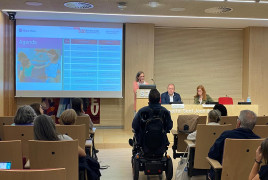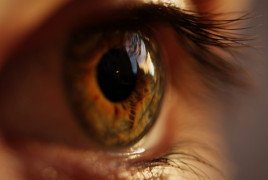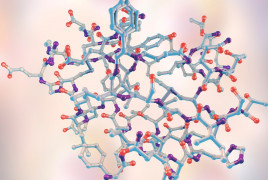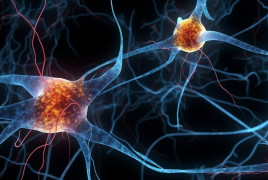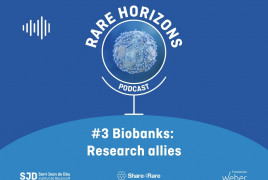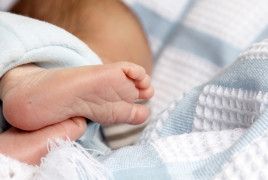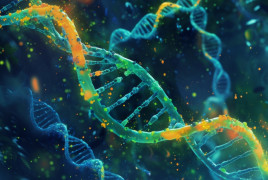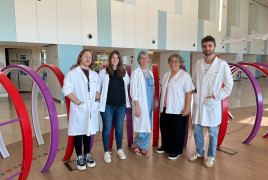Mental health in rare diseases: when caring is as important as treating
When we talk about rare diseases, we often think of complex diagnoses or, in some cases, the lack of it; innovative treatments, or very few treatments; long waits for answers, and a lack of supportHow does your organization investigate?
At S hare4Rare, we want to know firsthand about the real research needs of patient organizations in the field of rare diseases . The first notebook will focus on analyzing the experience of theNew study on Share4Rare: Barefoot-style shoes for children with Epidermolysis bullosa simplex
Epidermolysis bullosa (EB) is a group of rare genetic disorders characterised by extreme skin fragility and mucous membranes, leading to blisters and wounds. It is present from birth and currently hasGene therapy improves vision of four children with retinal dystrophy caused by mutations in the AIPL1 gene
A recent study published in The Lancet has shown promising results following the use of a new gene therapy to treat Leber congenital amaurosis in two boys and two girls, aged 1 to 3 years, withSelection of research projects based on patient-reported data 2025
Under the new Share4Rare service portfolio and to encourage research on rare diseases, we are now accepting proposals to implement research projects on the platform. This process is open to patientBiobanks: Research allies. A new episode of Rare Horizons.
One of the greatest challenges in rare disease research is the limited availability of biological samples. We all know that studies based on small sample sizes often yield less conclusive results thanThe role of patient organisations in implementing newborn screening for rare diseases
A recent article published in the Rare Disease and Orphan Drugs Journal highlights the critical role of patient organisations in promoting newborn screening for rare diseases. The goal of these tests
